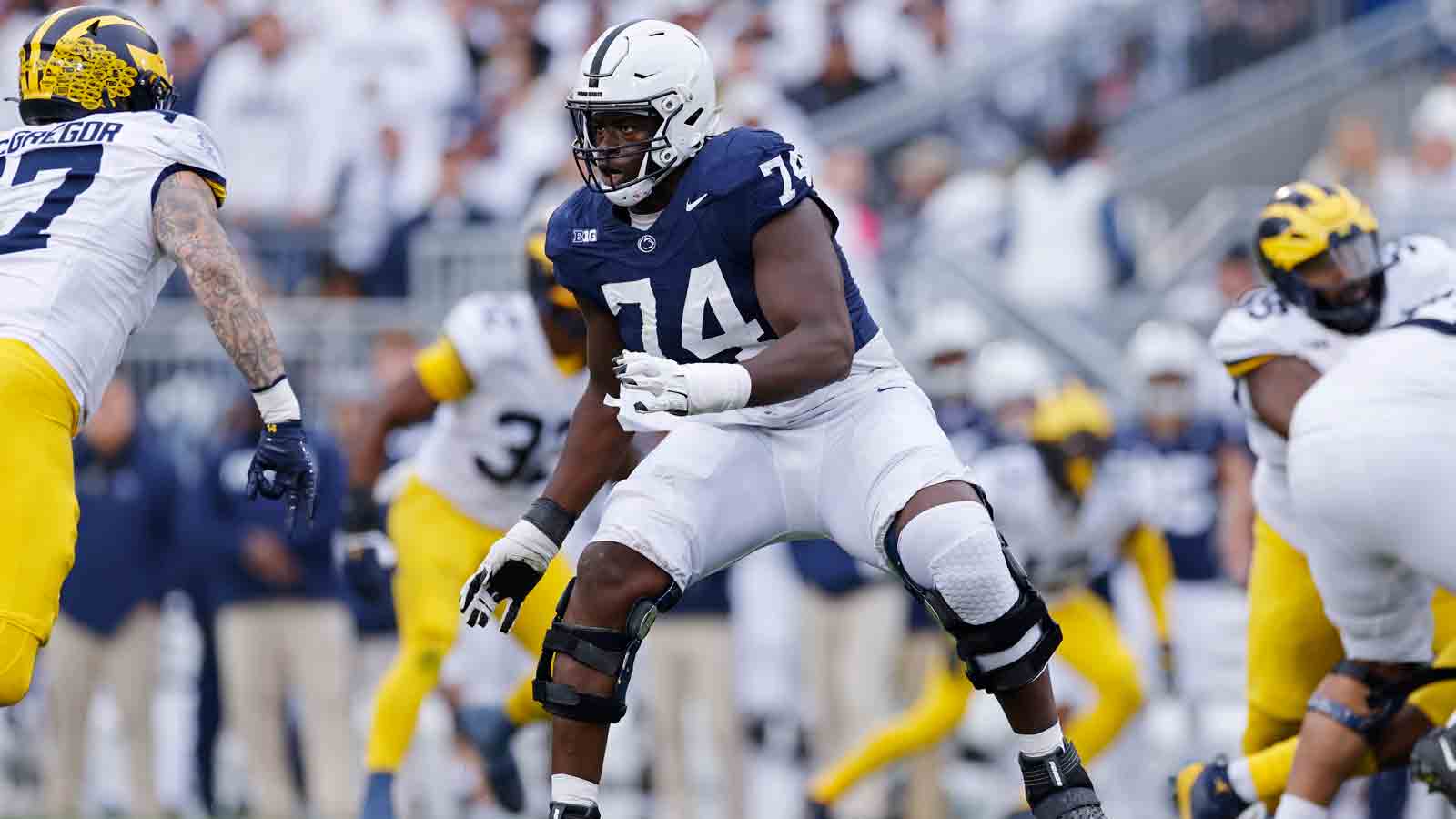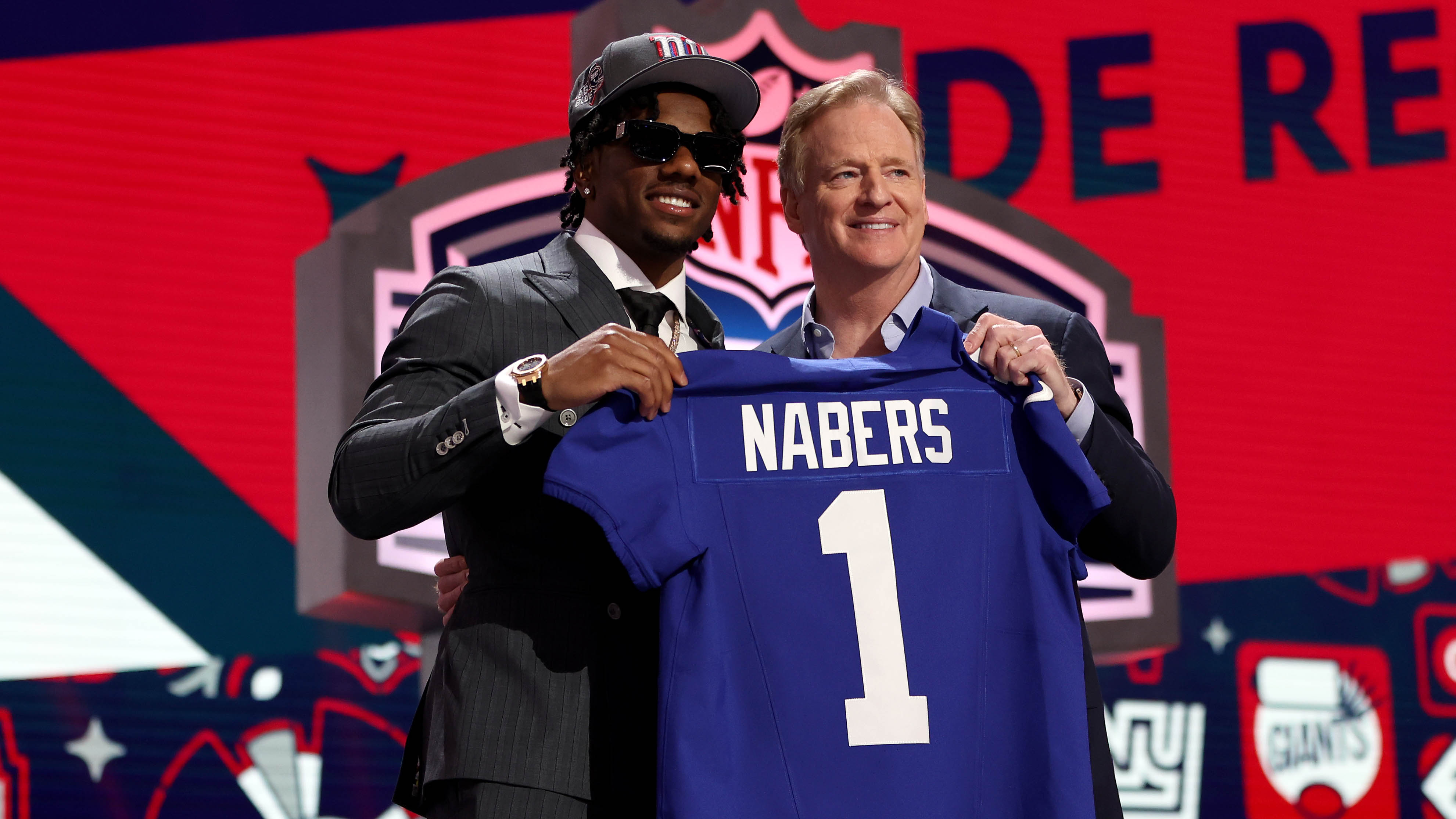What to Know
- The 320 hotspots in Manhattan far overshadow the number of kiosks in the rest of the city
- A Democratic councilman from the Bronx says he will call for a hearing to demand answers as to why service isn't as widespread as pledged
- According to the city's agreement with CityBridge, there should've been 180 hotspots in the outer boroughs by the end of July
Mayor de Blasio’s program to install thousands of free Wi-Fi kiosks is behind schedule, with more than 150 promised hotspots delayed in the outer boroughs. Meanwhile, there are 320 active hotspots in Manhattan, dwarfing the number of kiosks in the rest of the city.
Bronx councilman Jimmy Vacca, a Democrat who chairs the City Council's technology committee, said, "I walked in Manhattan recently and found two kiosks within two blocks of each other. In the other boroughs you can’t find one, and I’m going to be fighting to make sure that is rectified.”
Vacca said he will call a hearing to demand answers from the Department of Information Technology & Telecommunications (DoITT), the city agency overseeing the LinkNYC program.
According the city’s agreement with CityBridge -- the company granted rights to install the LinkNYC kiosks and sell advertising on them -- there should have been 180 Wi-Fi hotspots installed in the outer boroughs by the end of July. Two months after that deadline, the vendor had just 20 active hotspots in the Bronx, 12 in Queens, and none in Brooklyn and Staten Island.
DoITT Assistant Commissioner Stanley Shor acknowledged the LinkNYC program has experienced delays, but said that is to be expected in a first-of-its-kind project.
“The fact that a project like this has some delays is just not totally unexpected,” Shor said. “We have constantly worked with them to try and resolve any issues that they have and we have a total commitment to making sure that they get to every borough.”
Local
According to the agreement with CityBridge, the vendor was required to install 62 operational kiosks in Brooklyn by the end of July. Currently, Brooklyn has zero. Staten Island also has zero of 20 kiosks promised by the end of July. Queens was supposed to have 77 live kiosks but the borough only has 12. The Bronx has fared a bit better, with 20 operational kiosks out of the 29 promised by CityBridge.
That makes a total of 32 live LinkNYC hotspots in the outer boroughs, compared with 320 in Manhattan. In other words, Manhattan has 10 hotspots for every one in the city’s other four boroughs.
In return for the rights to sell advertising on the kiosks, CityBridge agreed to share 50 percent of its revenue with the city, with a minimum payment of $20 million annually.
When Mayor de Blasio launched the LinkNYC program last year, he repeatedly stressed one of the program goals was to get high-speed internet to digital deserts – pockets of the city where residents have little money to pay for internet access.
“Too many New Yorkers do not have access to the internet. That is the cold reality,” de Blasio said, echoing the tale of two cities campaign theme that catapulted him to the city's highest office.
David Flemming, a technology instructor with The Hope Project, a Brooklyn nonprofit that helps unemployed New Yorkers acquire basic computer skills, said the tale of two cities is very much alive when it comes to internet connectivity.
"I would say 70 to 75 percent have no computers at home and no internet access so our computer lab is their lifeline," Flemming said.
Lucian Coard, a Hope Program student, said access to a free wifi hotspot in his Crown Heights neighborhood would be a welcome way to stay on top of job applications.
"We could use more Wi-Fi access in Brooklyn such as Manhattan has. I know that that would help greatly," Coard said.
Jen Hensley, the LinkNYC General Manager, blamed delays in the outer boroughs on a series of unavoidable third party disputes. Because of the six-week Verizon strike last Spring, she said CityBridge ran into trouble gaining access to fiber optic conduits in Brooklyn. And because of a lawsuit seeking to block New York City from granting access to hundreds of phone booths, she said many locations in Queens and the Bronx have been off limits.
“We have over 800 locations, phone booth locations, that we are not able to access that are along our fiber network,” Hensley said. “We’re hoping we can get ownership of those structures as quickly as possible so that we can convert them to LinkNYC structures.”
There is a provision in the deal with CityBridge allowing New York City to seek up to $50 a day for each promised kiosk whose installation is delayed. If the de Blasio administration were to try and enforce that provision, the total payment could add up to half a million dollars.
But DoITT confirmed there are no immanent plans to seek monetary damages for the delays.
“We’re not at a point where we’re going to say that we’re going to exercise any specific options,” Shor said.
“That would not be an appropriate way to deal with this contract. We have to work with the contractor.”



